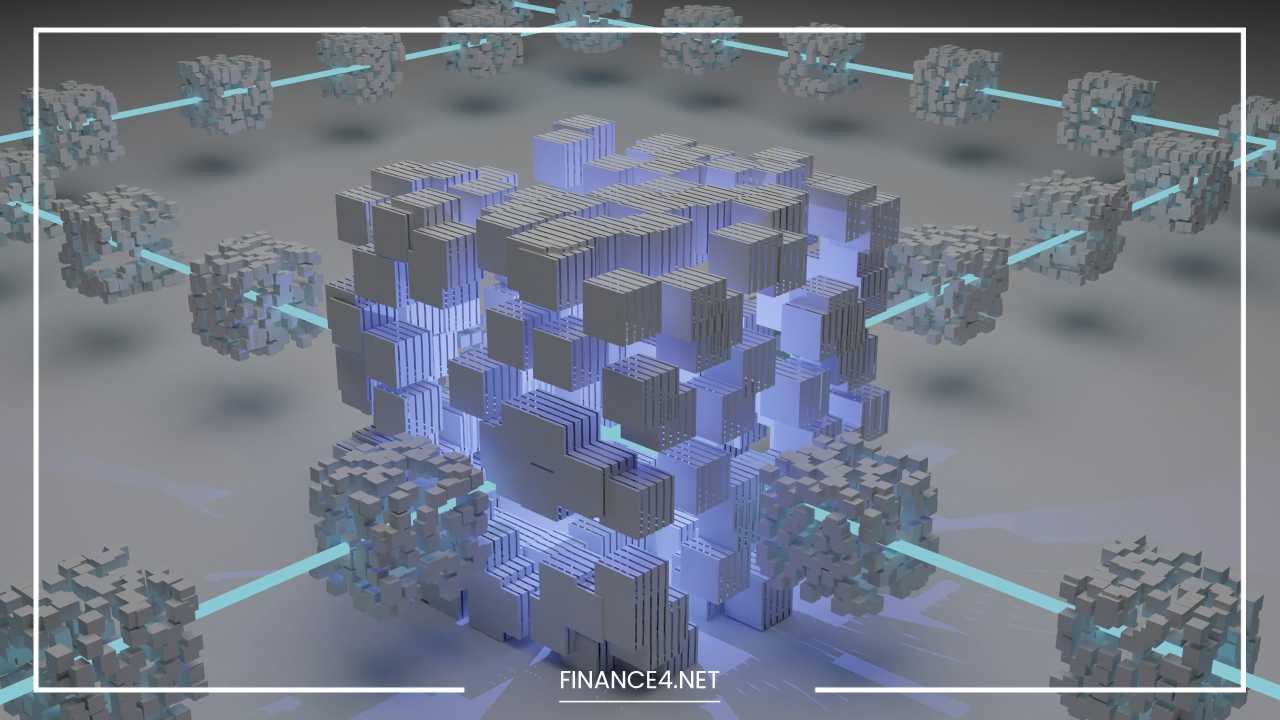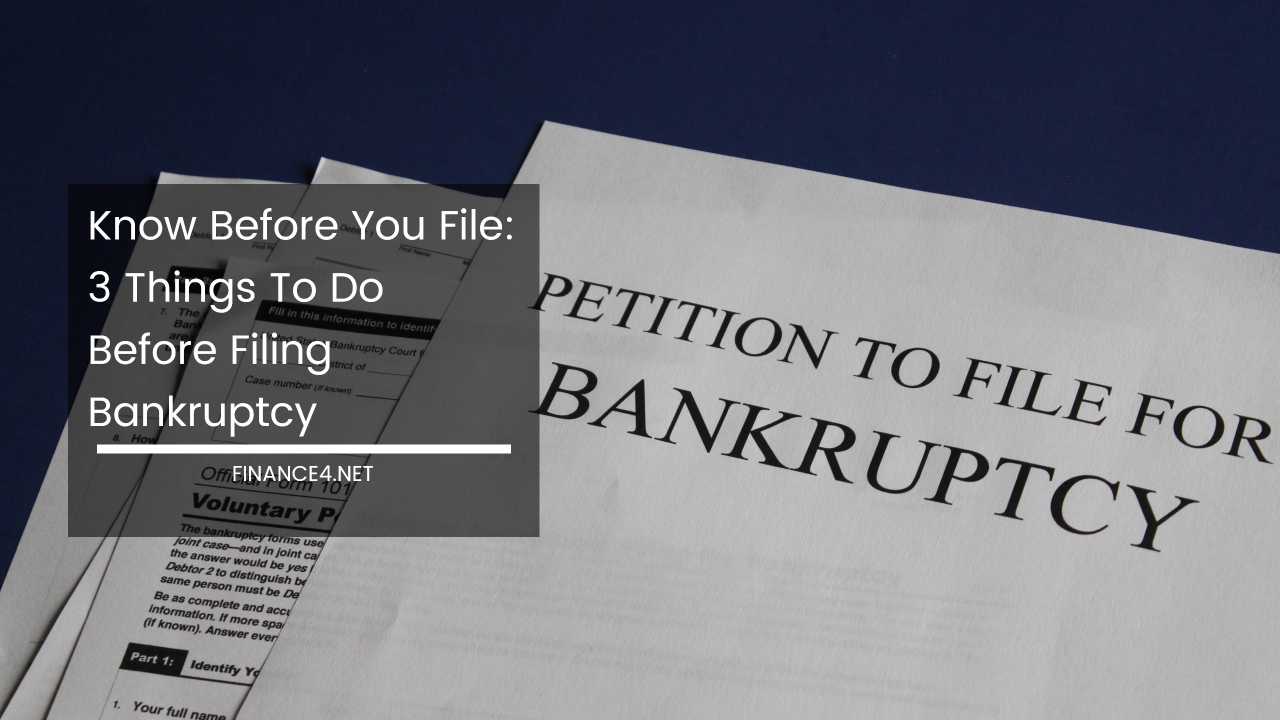Decentralized Autonomous Organization (DAO): Definition, Purpose, and Example

Decentralized Autonomous Organization
Decentralized Autonomous Organization (DAO): Definition, Purpose, and Example
In the rapidly advancing field of blockchain technology, Decentralized Autonomous Organizations (DAOs) have emerged as a revolutionary model for organizational management and governance.
This novel structure redefines traditional hierarchical models by harnessing the power of blockchain and smart contracts to enable decentralized decision-making and resource management.
DAOs challenge conventional approaches by eliminating central authority and introducing a new form of community-driven organizational management.
Definition of a DAO
A Decentralized Autonomous Organization (DAO) represents a significant shift from traditional organizational frameworks.
Unlike conventional entities, which operate within established hierarchies and physical locations, DAOs are entirely digital and decentralized.
The essence of a DAO lies in its governance model, which is rooted in blockchain technology and smart contracts.
1. Core Components:
- Smart Contracts: At the heart of a DAO are smart contracts, which are self-executing contracts with the terms directly written into code. These smart contracts automate governance processes, execute transactions, and enforce the DAO’s rules, eliminating the need for manual intervention. Smart contracts are hosted on a blockchain, ensuring that they are immutable and transparent.
- Blockchain Technology: A blockchain is a decentralized ledger that records all transactions and decisions made by the DAO. This technology ensures transparency, as every action taken within the DAO is permanently recorded and can be audited by any participant. The decentralized nature of the blockchain prevents any single entity from altering the records.
- Tokenomics: DAOs typically use tokens to represent ownership and voting power. These tokens can be issued to members or investors and play a crucial role in governance and decision-making. Tokenomics involves the creation, distribution, and management of these tokens, which are essential for the DAO’s operational model.
2. Operational Structure:
- Decentralized Governance: Unlike traditional organizations with centralized decision-making, DAOs rely on decentralized governance. Decisions are made collectively by members through voting mechanisms, ensuring that power is distributed among participants rather than concentrated in a single authority.
- Transparency and Accountability: All transactions and decisions are recorded on a public blockchain, ensuring that every action is transparent and traceable. This transparency promotes accountability and trust within the DAO, as members can easily verify the integrity of operations.
Key Characteristics of a DAO
DAOs are characterized by several distinctive features that set them apart from traditional organizations:
1. Decentralized Governance:
- Collective Decision-Making: In a DAO, governance is decentralized, meaning that no single individual or entity has control over the organization. Instead, decisions are made collectively by the members. Voting mechanisms are employed to reach consensus on proposals and changes, ensuring that all stakeholders have a say in the decision-making process.
- Consensus Mechanisms: Various consensus mechanisms can be used in DAOs to facilitate decision-making. These may include voting systems where members vote on proposals, or more complex mechanisms such as quadratic voting or delegated voting. The choice of consensus mechanism can impact the efficiency and fairness of the governance process.
2. Transparency:
- Public Ledger: Every action taken by a DAO is recorded on a blockchain, which is a public ledger accessible to all members. This transparency allows for real-time monitoring of the DAO’s operations and ensures that decisions are made openly and in accordance with the established rules.
- Immutable Records: Once recorded on the blockchain, data cannot be altered or deleted. This immutability ensures that the history of all transactions and decisions is preserved, providing an auditable trail of the DAO’s activities.
3. Community-Driven:
- Member Participation: DAOs are fundamentally driven by their communities. Members actively participate in governance, contribute to the DAO’s objectives, and benefit from its success. This community-driven approach fosters a sense of ownership and alignment with the DAO’s mission.
- Incentives and Rewards: To encourage participation and contribution, DAOs often provide incentives and rewards to members. These incentives can take the form of tokens, voting power, or other benefits that align with the DAO’s goals and values.
4. Smart Contracts:
- Automated Processes: Smart contracts automate various processes within a DAO, including decision-making, financial transactions, and rule enforcement. This automation reduces the need for intermediaries and manual oversight, streamlining operations and increasing efficiency.
- Self-Executing Agreements: Smart contracts are self-executing, meaning that they automatically execute and enforce the terms of agreements without human intervention. This feature ensures that the DAO operates according to predefined rules and conditions.
Purpose of a DAO
DAOs serve a diverse range of purposes, reflecting their versatility and adaptability. Their applications span various domains, including fundraising, investment, community development, and governance.
1. Fundraising:
- Initial Coin Offerings (ICOs) and Token Sales: DAOs can be used to raise capital through ICOs and token sales. By issuing tokens, a DAO can attract investment from a broad base of participants. This approach democratizes access to funding and allows for a wide distribution of risk and reward.
- Crowdfunding and Donations: DAOs can also facilitate crowdfunding and charitable donations. By leveraging their decentralized nature, DAOs can collect funds for specific projects or causes, enabling individuals and organizations to contribute to initiatives they support.
2. Investment:
- Collective Investment Pools: DAOs can manage investment portfolios by pooling resources from multiple members. This collective investment model allows for diversification and access to a broader range of assets. Members can vote on investment decisions and share in the returns generated by the portfolio.
- Venture Capital and Startups: DAOs can function as decentralized venture capital funds, investing in startups and emerging projects. By using a DAO structure, investors can collaboratively make investment decisions and participate in the growth of new ventures.
3. Community Development:
- Shared Interests and Goals: DAOs can be established to build and manage communities around shared interests or goals. For example, a DAO focused on environmental sustainability might coordinate initiatives, fund research, and engage in advocacy efforts related to ecological issues.
- Social and Cultural Projects: DAOs can support social and cultural projects by providing funding and resources to initiatives that align with their mission. This approach enables communities to come together to address specific challenges or promote cultural and social causes.
4. Governance:
- Organizational Management: DAOs can govern various types of organizations, including businesses, cooperatives, and non-profits. By decentralizing governance, DAOs promote greater transparency and accountability, allowing stakeholders to have a direct say in the organization’s operations and strategic direction.
- Decentralized Protocols and Platforms: DAOs are also used to govern decentralized protocols and platforms, such as blockchain networks and decentralized applications (dApps). Through community-driven governance, these DAOs ensure that the protocols remain aligned with the interests of their users.
How a DAO Works
The operation of a DAO involves several key stages, each contributing to the overall functionality and effectiveness of the organization:
1. Formation:
- Initial Setup: A DAO is created by a group of individuals who come together to establish its rules and objectives. These rules are encoded as smart contracts on a blockchain, which define the DAO’s governance structure, decision-making processes, and operational guidelines.
- Constitution and Governance Framework: The DAO’s constitution outlines its mission, values, and governance mechanisms. This framework sets the parameters for how decisions will be made, how funds will be managed, and how members will participate in the organization.
2. Token Creation:
- Issuance and Distribution: The DAO issues tokens to represent ownership and voting power. These tokens can be sold to investors, distributed to members, or used as incentives. Tokenomics plays a crucial role in the DAO’s governance, as token holders typically have the ability to vote on proposals and influence decision-making.
- Token Utility: Tokens may have various utilities within the DAO, such as granting voting rights, providing access to certain features or services, or representing a stake in the DAO’s assets. The design and functionality of the tokens are essential for the DAO’s operational model.
3. Governance:
- Proposal Submission and Voting: Members of the DAO can submit proposals for changes, initiatives, or decisions. These proposals are reviewed and voted on by the community, with votes typically weighted according to the number of tokens held by each member.
- Implementation of Decisions: Once a proposal receives sufficient support, it is implemented automatically through smart contracts. This ensures that decisions are executed in accordance with the DAO’s rules and guidelines, reducing the need for manual intervention.
4. Treasury Management:
- Fund Allocation: The DAO’s treasury, which holds its financial assets, is managed by smart contracts. These contracts ensure that funds are allocated according to the DAO’s rules and governance decisions. The management of the treasury is crucial for maintaining the DAO’s financial health and sustainability.
- Financial Reporting and Transparency: The DAO’s financial transactions and fund management are recorded on the blockchain, providing transparency and accountability. Members can monitor the DAO’s financial status and track the use of funds.
5. Operations:
- Execution of Activities: The DAO carries out its activities according to its purpose, whether it involves fundraising, investing, community development, or governance. Operational tasks are managed by the DAO’s members and automated processes, ensuring that the organization remains efficient and effective.
- Community Engagement: Engaging with the community is a key aspect of a DAO’s operations. Members participate in discussions, contribute to initiatives, and collaborate on projects, fostering a sense of shared purpose and collective action.
DAO Examples
Several DAOs have emerged as successful examples of this organizational model, demonstrating its potential across various domains:
1. The DAO:
- Historical Context: The DAO was one of the earliest and most ambitious DAOs, launched in 2016 with the goal of creating a decentralized venture capital fund. It raised over $150 million in a token sale, attracting significant interest and investment.
- Challenges and Lessons: Despite its initial success, The DAO faced a major security breach that resulted in the loss of millions of dollars. This incident highlighted the vulnerabilities associated with smart contracts and the importance of robust security measures in DAO design.
2. MakerDAO:
- Overview: MakerDAO operates a decentralized platform for borrowing and lending the stablecoin DAI. It allows users to lock up collateral and issue DAI loans, with the goal of maintaining price stability for the stablecoin.
- Governance: MakerDAO is governed by its community through a DAO structure, with token holders voting on proposals related to risk management, collateral types, and other parameters. This governance model ensures that the platform remains responsive to the needs of its users.
3. Compound:
- Functionality: Compound is a decentralized lending protocol that enables users to earn interest on their crypto assets or borrow funds. It operates on a DAO model, with governance conducted by the community through voting on proposals.
- Governance and Updates: Compound’s DAO manages protocol upgrades, interest rate adjustments, and other changes. The community’s involvement in governance helps to ensure that the protocol evolves in line with user needs and market conditions.
4. Uniswap:
- Decentralized Exchange: Uniswap is a decentralized exchange (DEX) that allows users to trade cryptocurrencies without intermediaries. It operates using an automated market maker (AMM) model and is governed by a DAO.
- Community Governance: The Uniswap DAO oversees the protocol’s fee structures, token listings, and other aspects of its operation. Community members participate in governance through voting, shaping the future direction of the exchange.
Challenges and Limitations of DAOs
While DAOs offer numerous benefits, they also face several challenges and limitations that need to be addressed:
1. Security Risks:
- Vulnerabilities: DAOs are vulnerable to hacking and security breaches, as evidenced by The DAO hack in 2016. Smart contract vulnerabilities and coding errors can lead to significant financial losses and undermine the DAO’s integrity.
- Mitigation: Ensuring robust security measures is essential for protecting DAOs from cyber threats. This includes conducting thorough code audits, implementing security best practices, and continuously monitoring for potential vulnerabilities.
2. Regulatory Uncertainty:
- Legal Status: The regulatory status of DAOs remains unclear in many jurisdictions. This uncertainty can create challenges for compliance, investor protection, and legal recourse.
- Regulatory Developments: As DAOs continue to grow in prominence, regulatory frameworks are likely to evolve. Engaging with regulators and advocating for clear guidelines can help address legal uncertainties and facilitate broader adoption.
3. Scalability:
- Governance Complexity: As DAOs grow, their governance processes can become more complex and time-consuming. Managing a large and diverse membership base can pose challenges for decision-making and operational efficiency.
- Solutions: Implementing scalable governance mechanisms, such as delegated voting or tiered decision-making structures, can help address scalability issues and ensure that the DAO remains effective as it expands.
4. Lack of Experience:
- Inexperience: Many DAOs are relatively new, and their members may lack the experience and expertise needed to manage complex organizations. This inexperience can impact the DAO’s effectiveness and ability to navigate challenges.
- Capacity Building: Investing in education, training, and capacity building for DAO members can help address the lack of experience. Providing resources and support for skill development can enhance the DAO’s operational capabilities.
Final Thoughts
Decentralized Autonomous Organizations represent a groundbreaking approach to organizational management, leveraging blockchain technology and community-driven governance to create a more transparent, inclusive, and efficient model.
DAOs offer the potential to transform various industries by democratizing decision-making, enabling collective action, and fostering innovation.
However, for DAOs to achieve long-term success and widespread adoption, it is crucial to address the challenges and limitations they face.
Ensuring robust security, clarifying regulatory frameworks, managing scalability, and building expertise within DAO communities are essential steps in realizing the full potential of this novel organizational model.
As DAOs continue to evolve, they are likely to play an increasingly significant role in shaping the future of business and society.
The ongoing development and refinement of DAOs will be instrumental in determining how effectively they can overcome current limitations and capitalize on their unique advantages.
The future of DAOs promises to be dynamic and transformative, with the potential to redefine how organizations are structured and operated in the digital age.



